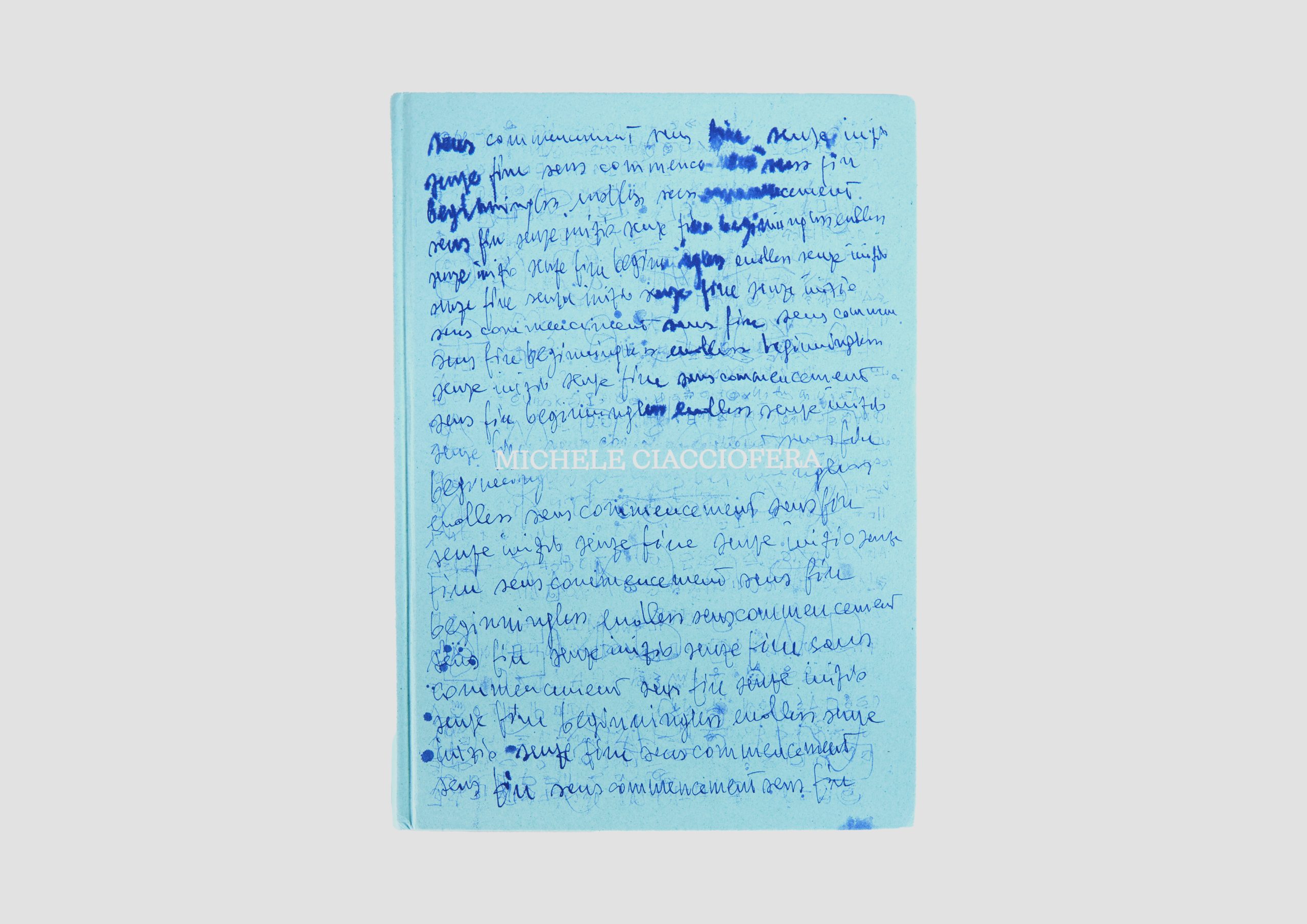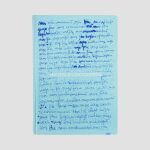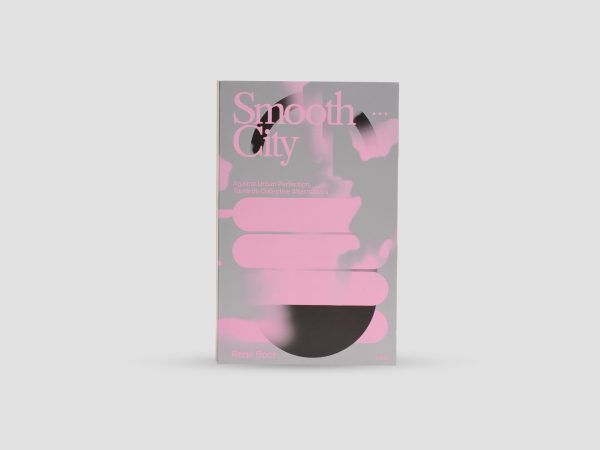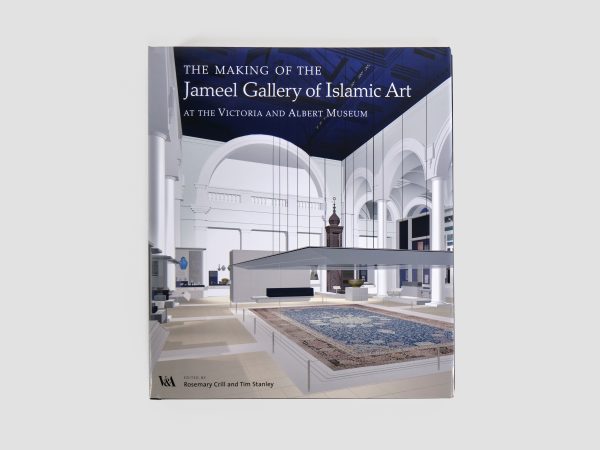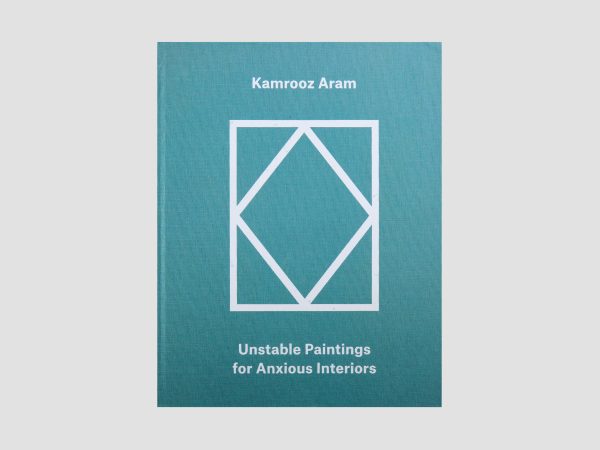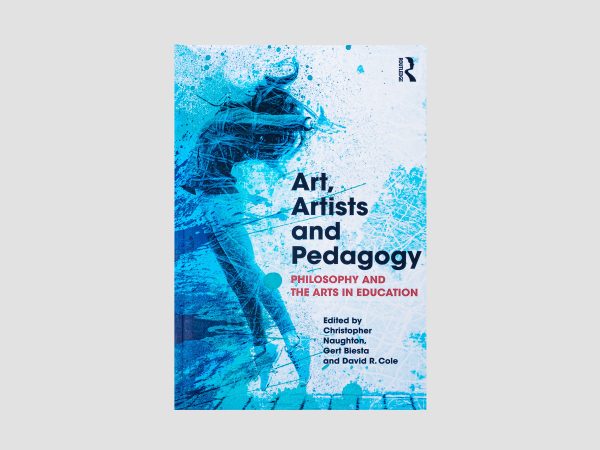A retrospective of the last ten years of the Italian artist’s graphic and sculptural work, often deployed in extensive programmatic ensembles concerned with memory and archaeology, a sense of history and passing time, that highlights his major contribution to the reconstruction of a trans-Mediterranean imaginary.
About the Artist
Born in Nuoro, Sardegn (1969) Michele Ciacciofera has lived and worked in Siracusa since 1990, and in Paris since 2011 where he now lives and works. He has always been invested in the relationship between human existence and the natural world. Using a variety of artistic approaches, including installation, sculpture, painting, drawing, theater, video and sound, he freely combines media and methods in his exploration of nature, history, mythology and humanity.
Material for his inquiries often begin with some nexus found in the cross-currents of languages, their literatures, and histories, for example, J.W. Goethe’s Sicilian Travels that inspired a collection titled “Sicilian Journey” that toured Europe and the USA. He constantly calls upon his background in political science, keen interest in environmentalism, and fixation with individual memory, folding in research, activism, and his own subjective reality to create poetic experiences.
He was awarded the Civitella Ranieri NYC Foundation Visual Arts Grant in 2015-16. His work was recently presented at the Museo Marino Marini (Florence) in 2020, at the 57 Venice Biennale and at Documenta 14 (Athens and Kassel) in 2017.The artist is currently represented by Vitamin Creative Space (Guangzhou/Beijing), Voice Gallery (Marrakech), Michel Rein (Paris/Brussels).
About the Publisher
With a variety of formats, monograph, thematic or collective books, Zamân Books publications (historically born out of a generation of marxists and postcolonial intellectuals) cultivate a spirit of activist/archivist. Committed to the general fieldwork study of Arab, African and Asian modernities, our books seek to constitute authentic data and theoretical tools; at the service of an emancipated history of visual arts, their geographical and conceptual journeys. Eventually to play the role of an interface between different spheres of knowledge and art theory: academic knowledge, artistic knowledge, vernacular knowledge, digital knowledge…
